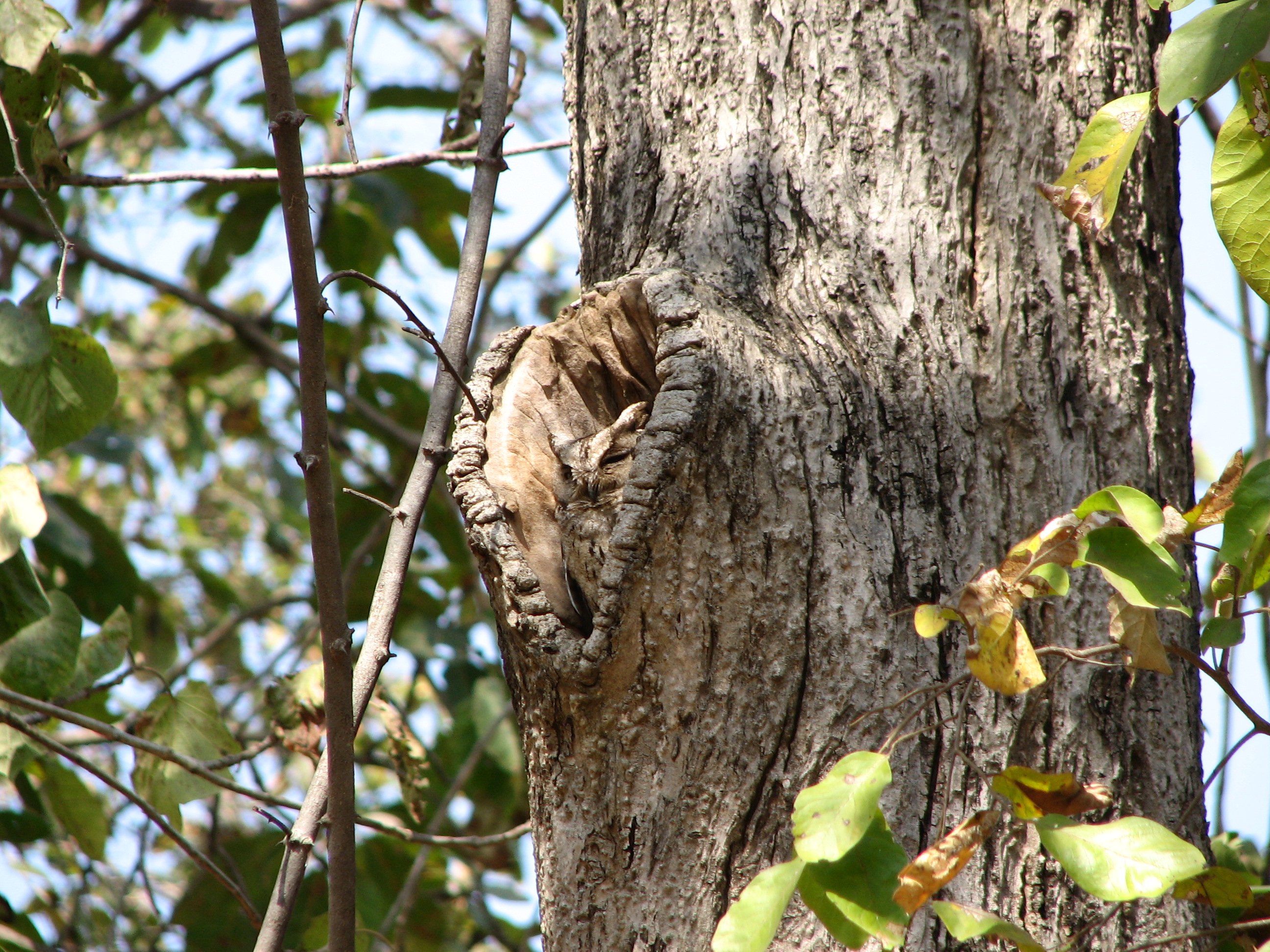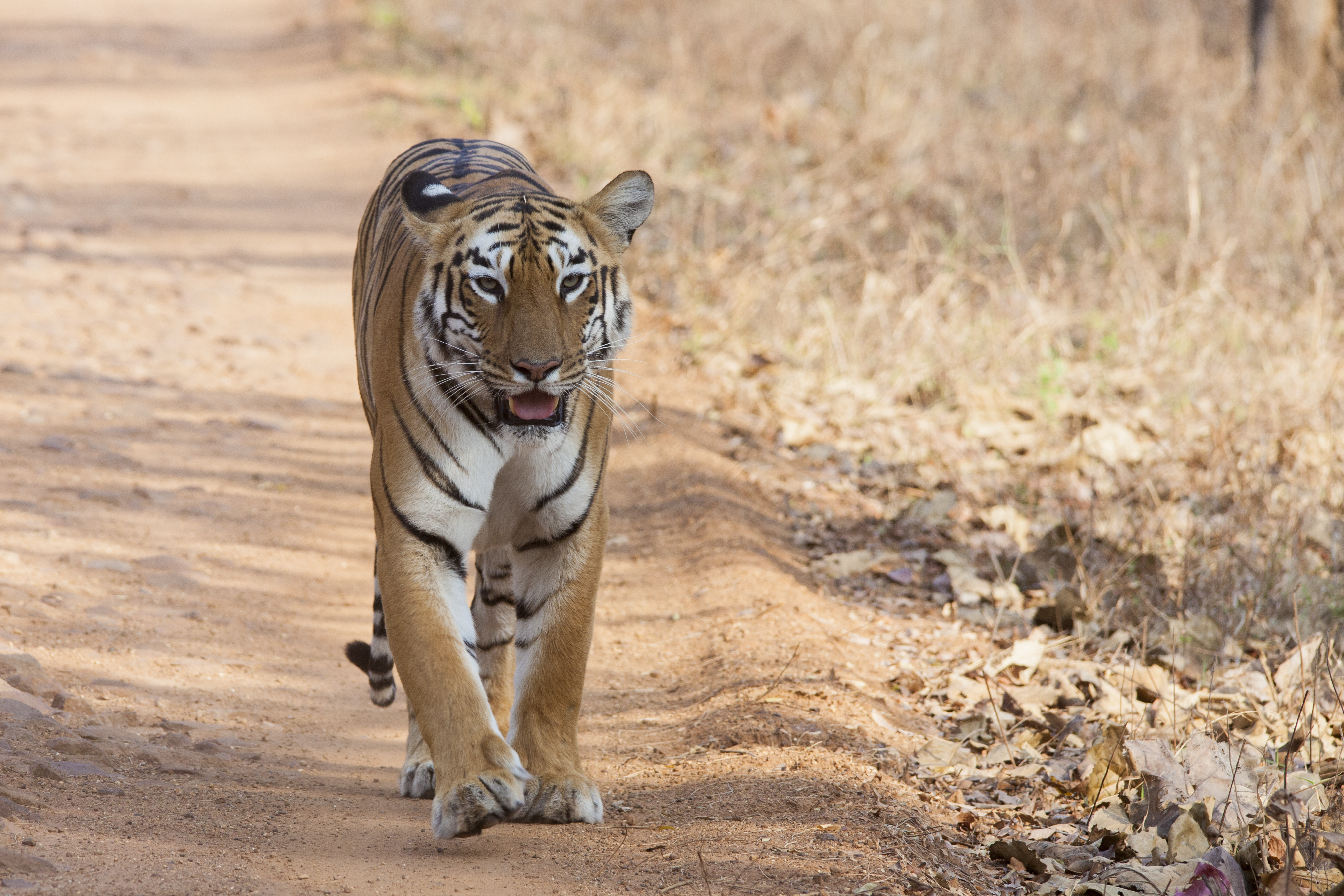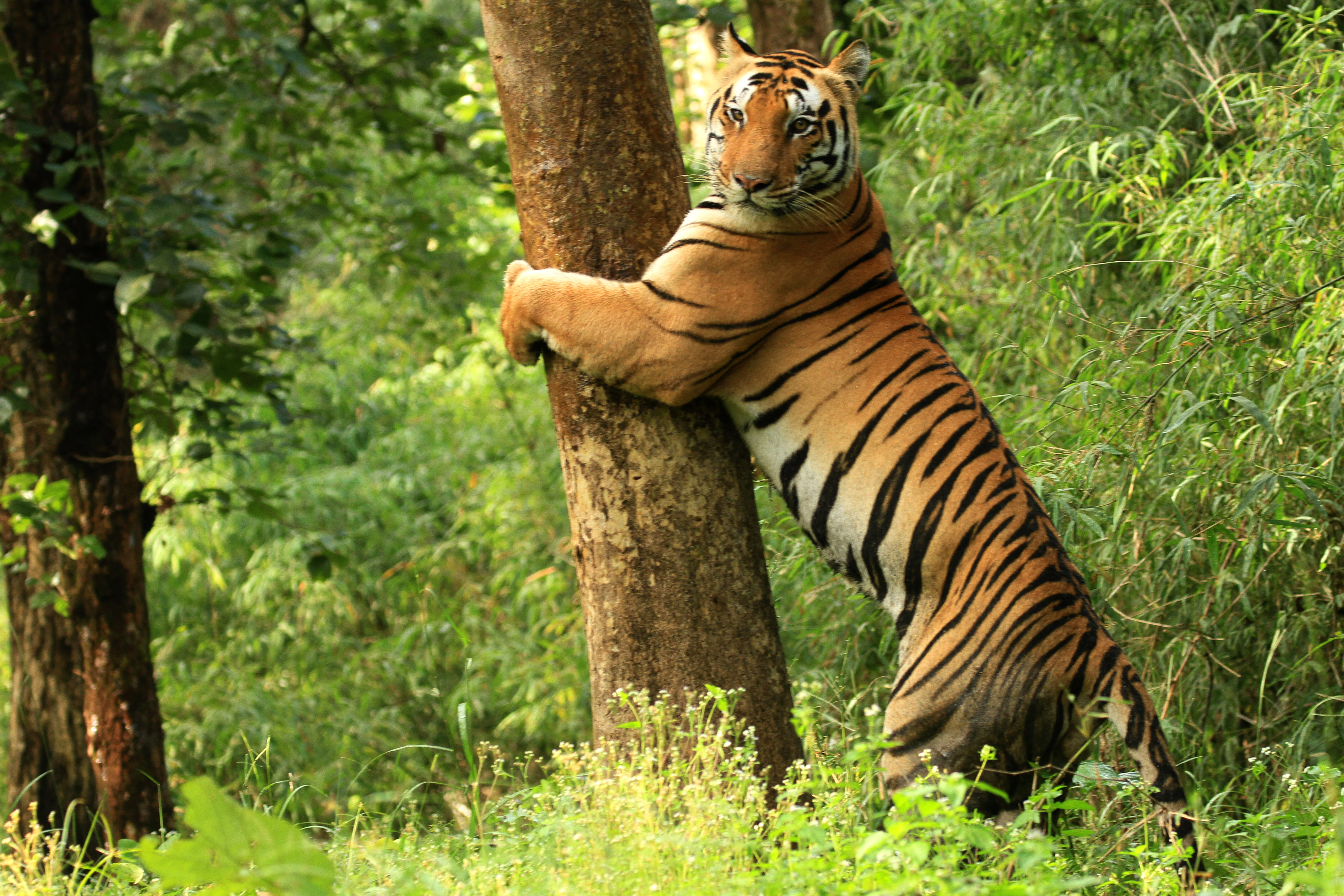The Pench Tiger Reserve stands as a remarkable testament to India's rich biodiversity and complex ecological heritage. Nestled in the Nagpur district of Maharashtra, this protected area spans across boundaries, encompassing parts of both Maharashtra and Madhya Pradesh. The reserve's landscape is a vibrant tapestry of dense forests, meandering rivers, and diverse wildlife that has captivated researchers, conservationists, and nature enthusiasts for decades.
The region's ecological significance cannot be overstated. Renowned as the inspirational backdrop for Rudyard Kipling's timeless narrative "The Jungle Book," Pench offers a living, breathing ecosystem that goes far beyond its literary fame. The Pench River, which flows gracefully through the reserve, serves as a critical lifeline for numerous species, creating a complex and intricate habitat that supports an extraordinary range of flora and fauna.
Conservation efforts in this region have a long and nuanced history. From the era of the Gond kingdom through Maratha rule and British administration, the landscape has undergone significant transformations. The critical turning point came in 1862 when initial efforts to control forest destruction began, leading to the eventual creation of the Pench Sanctuary in 1977 and its elevation to a National Park in 1983. The official declaration as a Tiger Reserve in 1992 under Project Tiger marked a significant milestone in wildlife preservation.
The biodiversity of Pench is extraordinarily rich, making it a crucial habitat for numerous endangered species. Teak, Mahua, and Tandu trees create a dense canopy that supports an intricate web of life. The reserve is particularly significant for tiger conservation, providing a critical sanctuary for these magnificent predators. Beyond tigers, the area hosts a remarkable array of wildlife, including various mammals, reptiles, and an impressive diversity of bird species.
Importantly, the reserve represents more than just a wildlife sanctuary; it embodies a delicate balance between ecological preservation and human coexistence. The buffer zones are strategically managed to ensure that local communities can maintain their traditional lifestyles while supporting conservation objectives. This approach demonstrates a sophisticated understanding of sustainable development that respects both environmental needs and human social structures.
Research and monitoring play a crucial role in understanding and protecting this complex ecosystem. The Wildlife Institute of India has been instrumental in studying animal movement patterns, particularly focusing on crossing structures that facilitate safe wildlife movement. These studies provide invaluable insights into maintaining ecological connectivity and mitigating human-wildlife conflict.
The architectural approach within the reserve emphasizes minimal intervention and ecological sensitivity. Tourist facilities are designed to be unobtrusive, utilizing solar energy, recycling techniques, and natural materials that blend seamlessly with the surrounding environment. This thoughtful design ensures that visitor experiences are immersive yet non-disruptive, allowing people to appreciate the natural beauty without compromising the ecosystem's integrity.
Beyond its ecological importance, Pench carries deep cultural significance. Local communities have generations of stories, myths, and traditions interwoven with this landscape. The reserve is not just a protected area but a living narrative that connects human experiences with the natural world, continuing to inspire wonder, respect, and a profound understanding of ecological interdependence.








